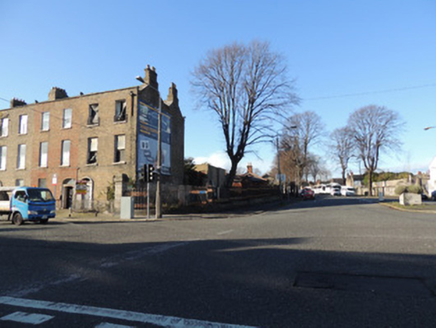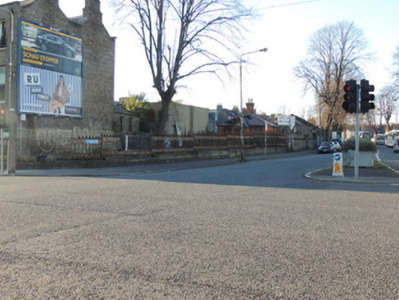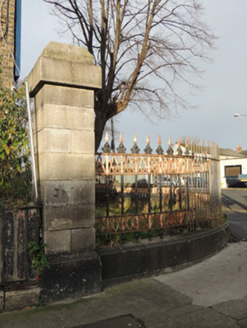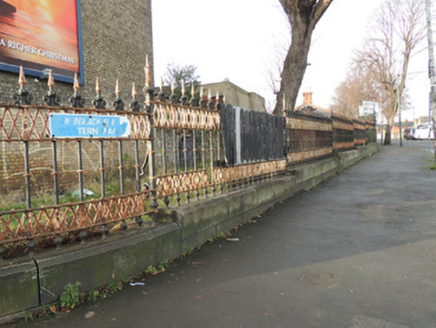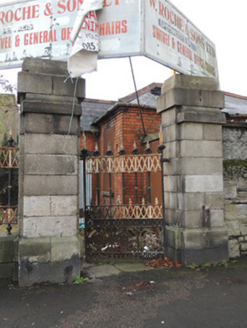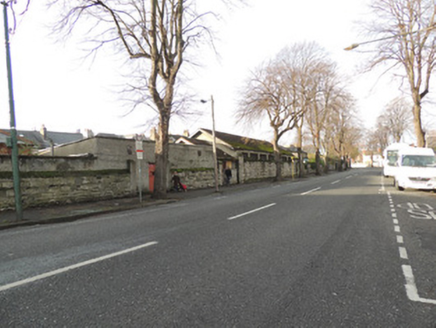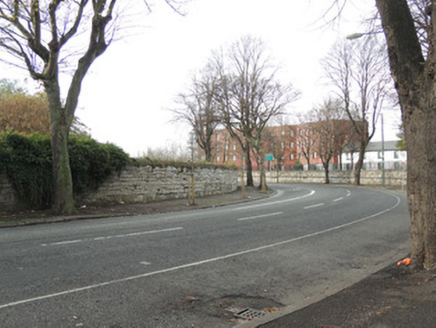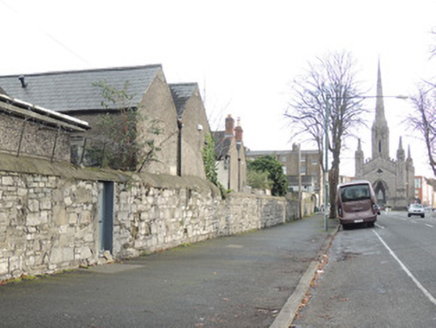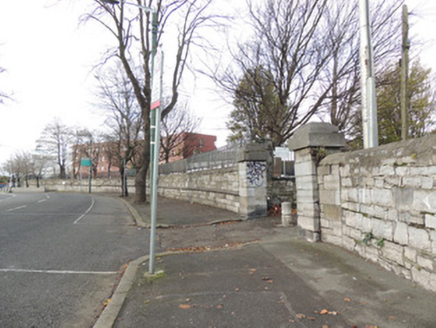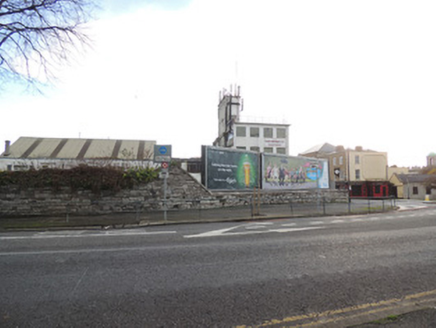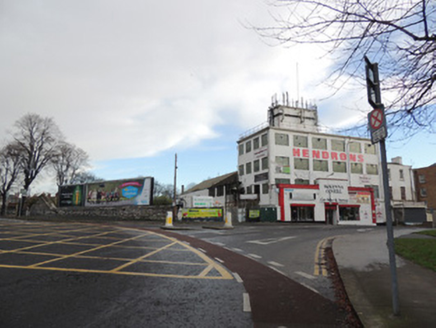Survey Data
Reg No
50070386
Rating
Regional
Categories of Special Interest
Architectural, Artistic, Technical
Original Use
Gates/railings/walls
In Use As
Gates/railings/walls
Date
1870 - 1890
Coordinates
315290, 235216
Date Recorded
25/11/2012
Date Updated
--/--/--
Description
Cast-iron railings and calp limestone walls to Western Way, constructed c.1880. Cast-iron railings on chamfered granite plinth to south-east of Western Way, curving east to Mountjoy Street, terminating in square-profile cut granite pier. Cast-iron gate to north-east at entrance to gate lodge, having two cut-granite square-profile piers. Calp limestone walls to north and south of Western Way, curving south at north-west corner to meet Dominick Street Upper. Early cast-iron railings, on chamfered limestone plinth call to north-west corner of Dominick Street Upper.
Appraisal
Western Way was created as a circulation route c.1880, linking Constitution Hill to the south-west with Mountjoy Street to the east. The Midland Great Western Railway (MGWR) developed a train station at Broadstone from 1841, and purchased the Royal Canal in 1845. In 1877, the MGWR was given permission to close 150 yards of the canal branch line and to construct a new forecourt for the train station. The new approach road, Western Way, was built by way of Foster aqueduct, with Saint Mary’s Chapel of Ease, or the Black Church, as its eastern focal point. The road curves around the site of former Palmerston House at the north-west corner of Dominick Street Upper. Dominick Street Upper was developed from the 1820s, but remained largely undeveloped until the Broadstone railway terminus was built. Sites for villas and terraces were offered in the 1860s, and the north side was owned by the Palmerston estate, where they built Palmerston House north of the junction of Dominick Street Upper and Constitution Hill. The fine cast-iron railings and granite gate piers are indicative of the wealth of the MGWR as patron and high quality craftsmanship throughout the nineteenth century.
